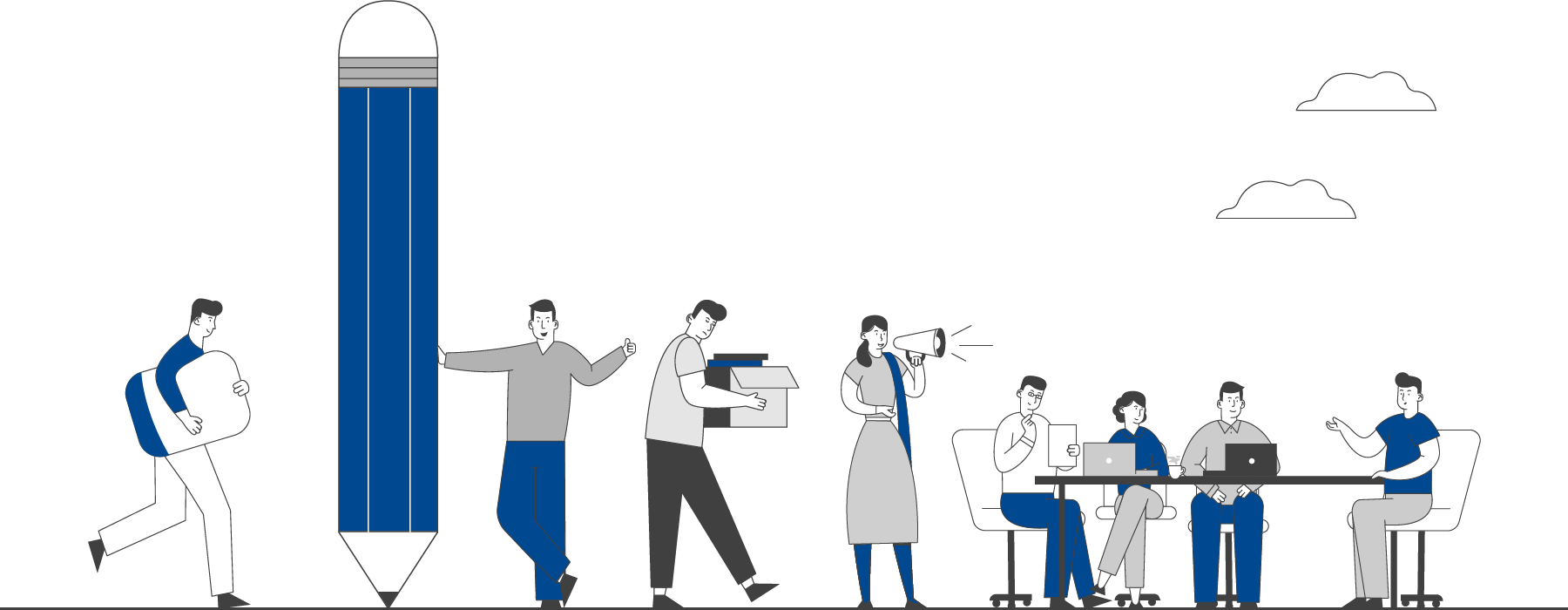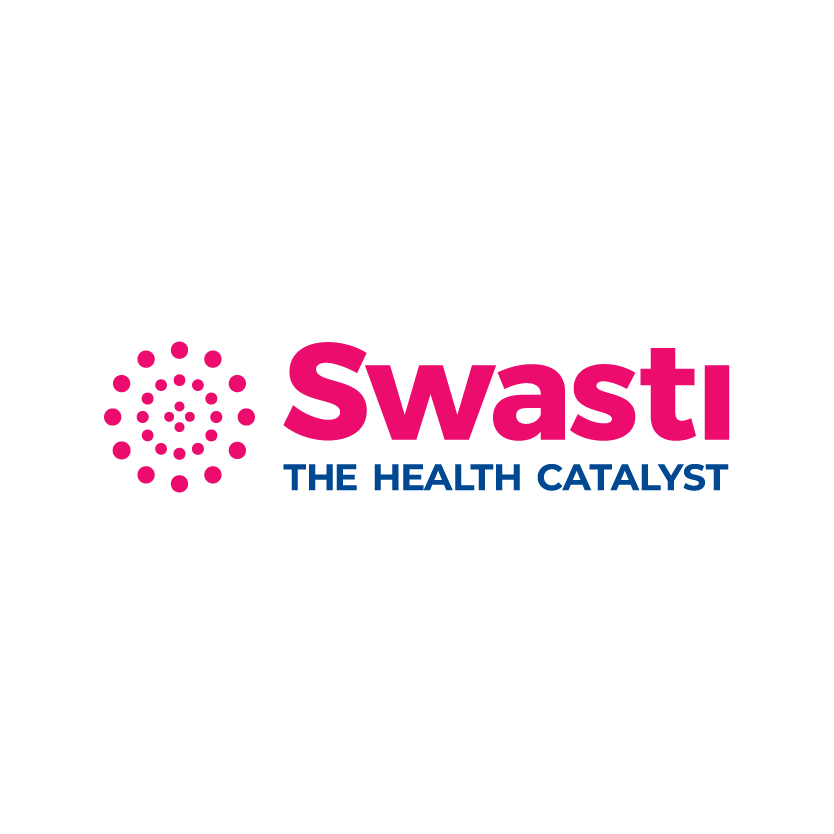

This section hosts guidelines, manuals and toolkits to strengthen public health practice.
Resources
FILTER
BY CATEGORY
View All
Live Life - suicide prevention implementation guide
06 Sep 2022by WHO
According to the National
Crime Records Bureau (NCRB), India recorded over 1.53
lakh suicides, an estimated 418 daily suicides in 2020. This amounts to a
suicide mortality rate (per lakh population) of 11.3 in 2020, as compared to
10.4 in 2019. This is the highest number of suicides in the country in a decade
and is the highest in the world. India’s contribution to global suicide deaths has increased
from 27.3% in 1990 to 36.5% in 2019 among women and girls and from 16.7% in
1990 to 20.9% in 2019 among men and boys. The suicide mortality rate among
Indian women and girls continues to be 2.1 times the global rate (5.7; 5.1–6.4),
despite a 40.7% reduction in the rate from 1990 to 2019 (51.3% reduction
globally). Suicide accounts for most deaths in the 15–39 years age group in India
compared with other causes of death with 52.6% of all deaths from suicide among
women and girls and 47.4% among men and boys being in this age group in 2019.
NCRB reports indicate personal and social factors, such as socioeconomic
circumstances, interpersonal problems, social and cultural conflicts,
alcoholism, unemployment, and poor health, as the major reasons for suicide
deaths.
WHO has underlined
suicide as a serious public health concern in India and has called for a
comprehensive suicide prevention strategy tailored to India’s sociocultural,
economic, and health context. And owing to increasing media reports of suicide,
many have called for the need to develop national suicide prevention strategy
for India. Despite the absence of a national suicide
prevention strategy, the Government has taken some actions across the health
and social domains that facilitate suicide prevention.
WHO advocates for countries to take action to prevent suicide, ideally through a comprehensive national suicide prevention strategy. Governments and communities can contribute to suicide prevention by implementing LIVE LIFE – WHO’s approach to starting suicide prevention so that countries can build on it further to develop a comprehensive national suicide prevention strategy. The guide is for all countries, with or without a national suicide prevention strategy; national or local focal points for suicide prevention, mental health, alcohol or NCDs; and community stakeholders with a vested interest or who may already be engaged in implementing suicide prevention activities.
Source:
https://www.thelancet.com/journals/lanpsy/article/PIIS2215-0366(22)00011-6/fulltext
https://www.thelancet.com/action/showPdf?pii=S2215-0366%2821%2900152-8
Related File :
7925809547.pdf

 EXPLORE DATA
EXPLORE DATA 



























